You think you know when your cat is happy, right? The obvious purring, the head bumps, maybe a cuddle session on your lap. These clear signals are wonderful, of course. Though honestly, cats are far more nuanced communicators than most people realize.
Your feline friend has an entire vocabulary of subtle contentment cues that often go completely unnoticed. While dogs practically shout their emotions from the rooftops, cats whisper theirs through gentle movements and quiet behaviors. Learning to recognize these understated signs transforms your relationship with your pet. So let’s get started with the hidden language of feline happiness.
The Slow Blink: Your Cat’s Secret Kiss
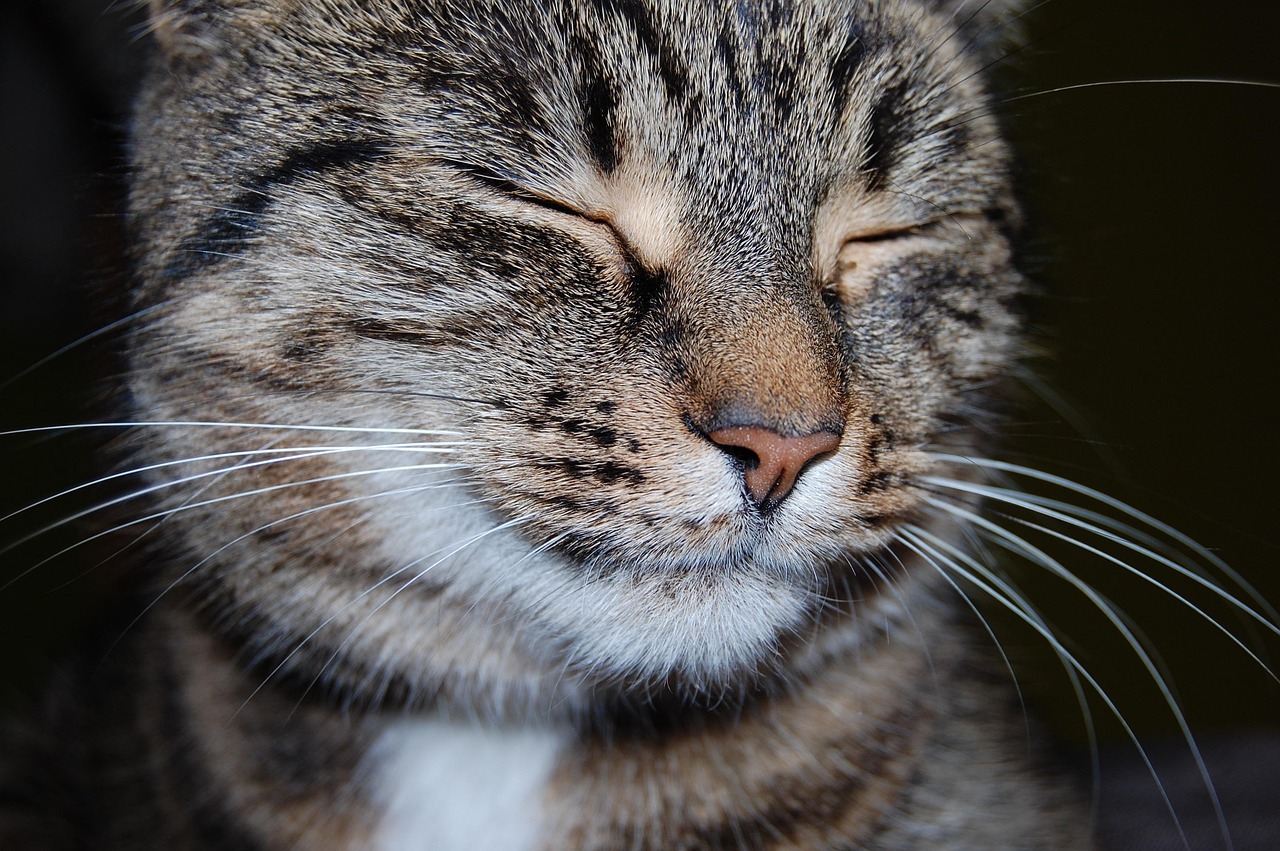
One of cutest signs of affection from your kitty kid is the cat kiss. Your cat will make eye contact with you then blink slowly. Blinking may seem like the most common and mundane motion to us, but for cats, it’s a sign that they trust you. That’s because when they’re blinking, their guard is down, and that shows they’re content and happy.
Slow blinking in cats is a fascinating form of feline communication that screams, “I trust you, and I’m super relaxed right now.” It’s like the feline version of a warm hug or a cozy blanket – subtle yet deeply meaningful. When your cat slow-blinks at you, they’re signaling the idea that they feel safe and content in your presence. Think of it as their way of saying everything is perfectly fine in their world.
Tail Talk: The Question Mark Position

You may notice that sometimes your cat’s tail looks like a question mark – it stands upright but curls at the end. Again, this cat tail language indicates that your cat is happy and approaching amicably. When the tail is curled at the top like a question mark: An upright tail with a curve at the top is basically your kitty’s neutral tail position. It means she’s calm, happy, and ready to play.
This particular tail position is essentially an invitation. You might consider taking a break from your daily business to play with your cat if you notice a curve in their tail. This tail position often signals a playful mood and a cat that’s ready to share some fun with you. It’s their way of announcing they’re open for interaction without seeming overly demanding.
Gentle Tail Movements: The Happy Swish
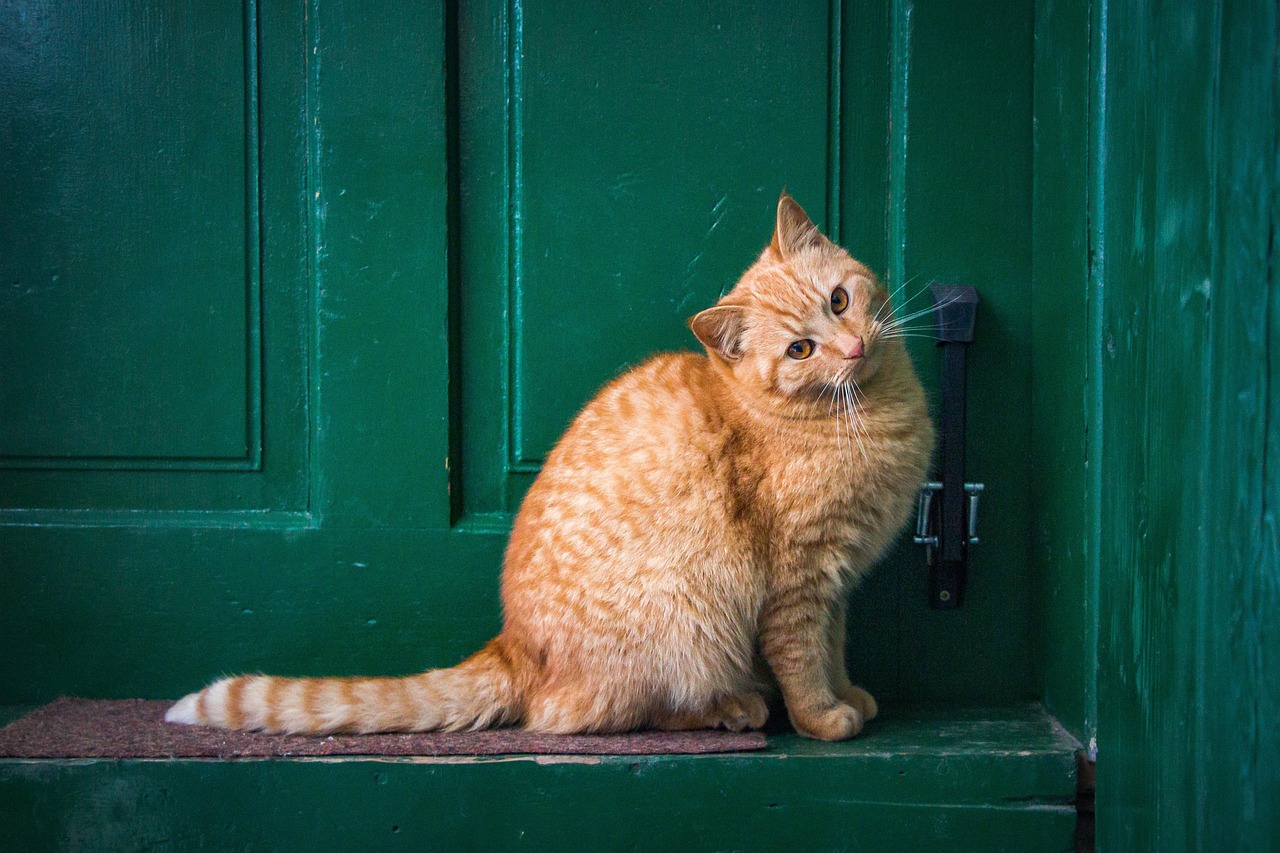
If you notice your cat’s tail gently swishing back and forth in a fluid motion, or wagging, they are likely feeling happy or content. When a cat’s tail is in motion and looks fluid and soft, it’s “swishing.” Generally, this indicates a cat who’s relaxed or calmly interested in what’s happening. At this point, no alarm bells are going off in the cat. They also aren’t sleepy. They may be alert but aren’t worried or concerned about anything around them.
Unlike the aggressive thrashing you might see when they’re annoyed, happy swishing has a completely different quality. Also, a slow, sweeping tail movement from side to side in a relaxed manner while lying down usually shows contentment. These signs help cat owners recognize when their pet is feeling pleased and relaxed.
Tail Quivering: Pure Excitement
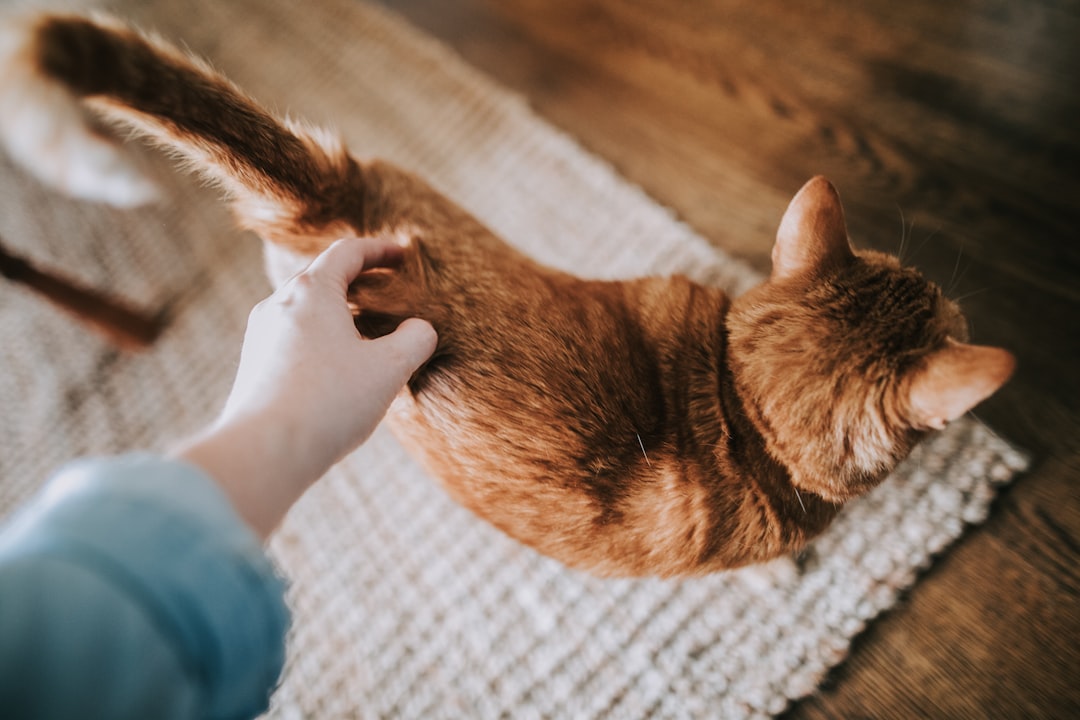
If you see a cat’s tail lightly quivering, they are generally happy and ready for play or whatever love and attention you want to give them. They are so excited that they can hardly contain their emotions. Some owners have noticed that their cats’ tails seem to vibrate or quiver quickly. Although you may think this indicates fear or anxiety, in many cases, it actually indicates excitement and playfulness. Tail vibrations often occur when your cat gets extremely happy or wants to play – just make sure the tail’s position follows suit!
Picture a child who can barely sit still because something amazing is about to happen. That’s essentially what tail quivering represents in cats. A little twitch can mean a particularly happy moment. This subtle movement often appears right before playtime or when they spot their favorite human approaching.
The Art of Kneading: Making Biscuits
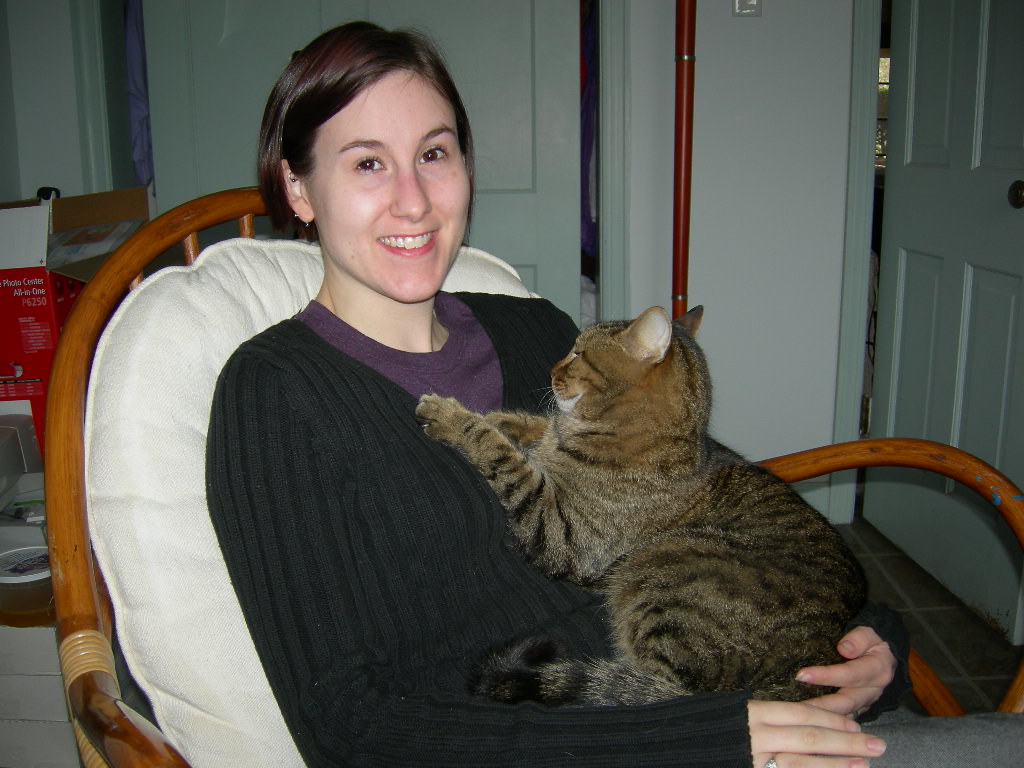
It’s known by a variety of names, including “making biscuits,” because cats make the same motion with their paws as if they were kneading some dough. Cats might knead a blanket or their favorite people or something soft, and it’s often the height of contentment. Thought to be a throwback to the security that kittens feel when kneading on their mother, kneading is a clear sign that a cat is extremely happy.
Cats often knead on soft surfaces or laps when they are feeling content. Kneading, also known affectionately as “making biscuits,” is when a cat pushes rhythmically with alternating front paws against a person or an object while extending and retracting their claws. Cats are feeling content and safe when they knead. This behavior is essentially your cat reverting to their most secure, comfortable memories.
Grooming in Public: A Confidence Display
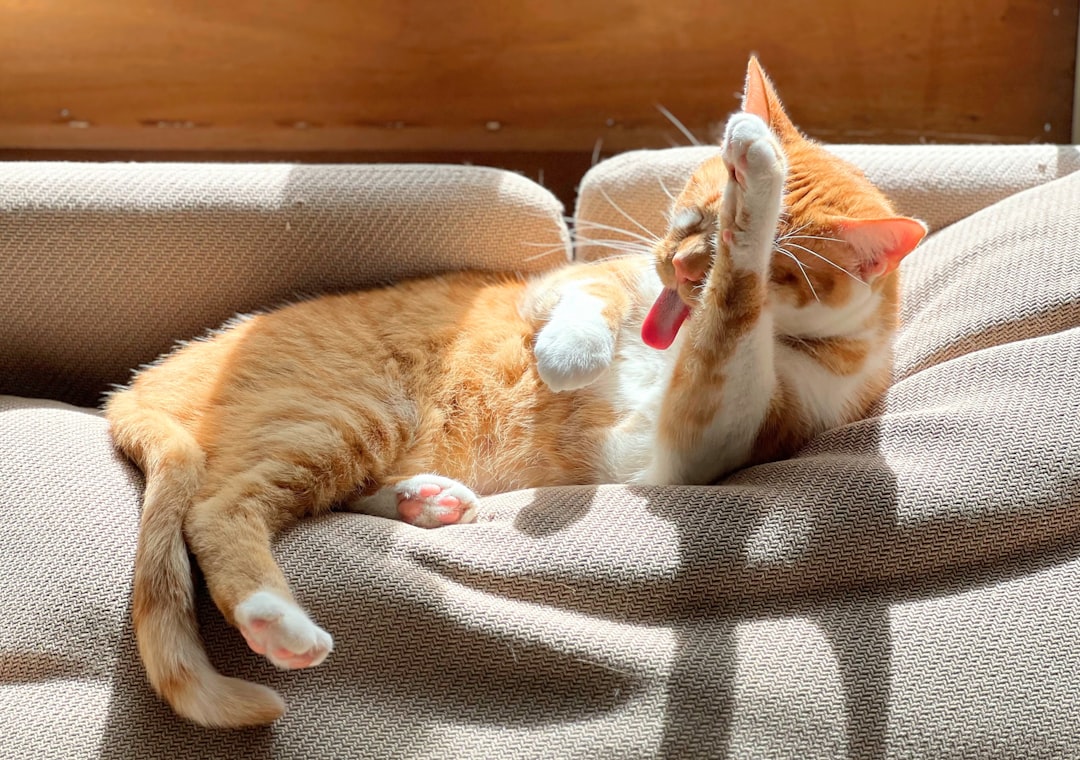
A cat who will come out into the middle of the room, throw up a leg, and begin grooming in front of you feels comfortable and at ease. Regular grooming is also a sign of a happy, healthy feline friend. When your cat decides to have a thorough cleaning session right in front of you, they’re making a statement about their comfort level.
Cats are fastidious when it comes to their grooming, and a well-kept coat is a good sign that all is well in your kitty’s world. Keeping up with a healthy, pristine coat is an activity of a cat who is feeling good, healthy, and has an overall feeling of positive well-being. Stressed or unhappy cats often neglect their grooming routines, so public preening sessions are actually quite meaningful.
Relaxed Ears: The Subtle Forward Position
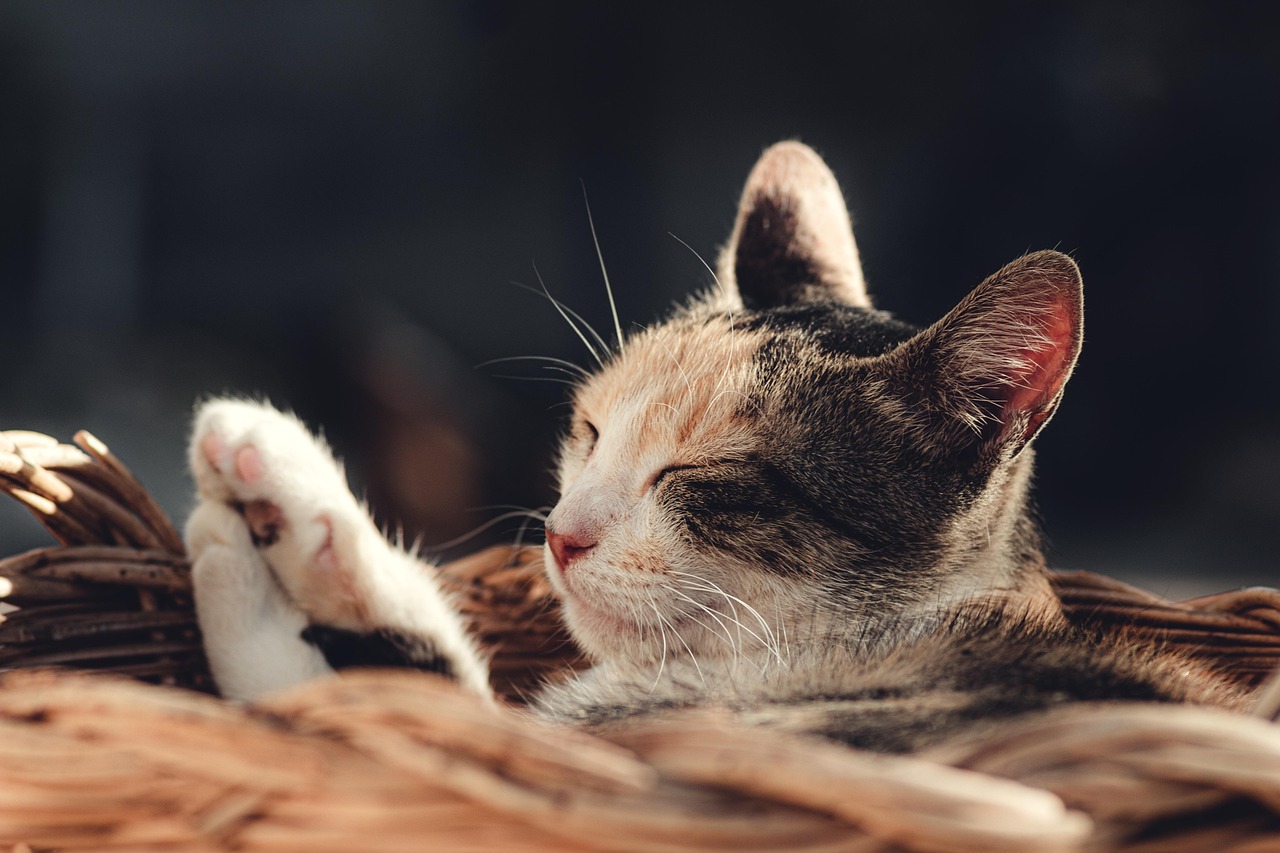
The position of a kitty’s ears can offer valuable insights into its emotional landscape. When a cat’s ears are relaxed and facing forward, but not rigidly alert, it’s generally a positive sign that your cat is happy. Ears high on the head with the opening facing forward indicate a neutral, relaxed position.
Unlike the hyper-alert ear positions you see when they’re hunting or the flattened ears of fear, happy ears have a soft, natural placement. Relaxed ears are a way for your cat to communicate that they’re at ease in their environment and not on high alert for potential threats. This subtle cue is one of the many nuanced ways cats express contentment. It’s one of those blink-and-you’ll-miss-it signs that speaks volumes about their emotional state.
Chirping and Trilling: Happy Cat Conversations
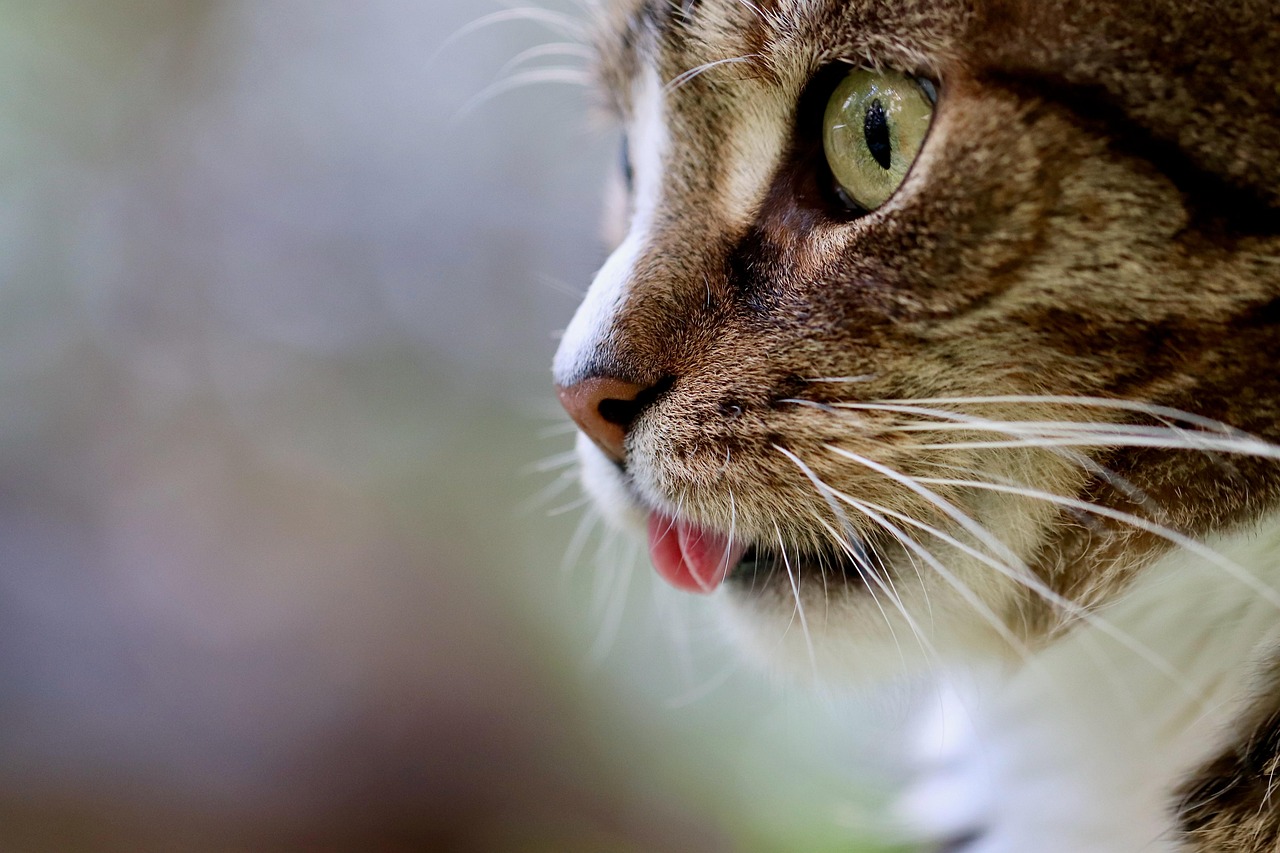
Not all cats chirrup, but when you hear this trilling sound, you’ll know your cat is happy. A chirrup is often an invitation to follow your cat somewhere (the treat jar, perhaps?) or to ask for affection or play. That ”prrrrupttt!” sound many cats make, is also a good indication of a happy cat.
A happy cat will often be a chatty cat! Cats will often make cheerful noises like meows, chirps, and trills when they are feeling relaxed or looking for attention from their owners. These sounds are distinctly different from the demanding yowls or distressed cries you might hear at other times. Happy vocalizations tend to have a musical, almost conversational quality that suggests your cat genuinely enjoys communicating with you.
Approaching with Confidence: The High Tail Walk

A cat that approaches you with their tail high, rubs against you, butts you with their head, and seems interested in what your hands smell like or what you are carrying, is probably a happy cat. When your cat holds their tail high in the air as they move about their territory, they’re expressing confidence and contentment. A tail that sticks straight up signals happiness and a willingness to be friendly.
This body language combination tells a complete story of feline happiness. A tail pointing straight up is usually a sign of a contented, confident and sociable cat. She and is approaching in a friendly manner (this is how kittens tend to greet their mothers). When she holds her tail this way, she’s ready to interact, so it’s a great time to engage in play and cuddles with her.
The Belly Show: Ultimate Trust Display

One other hint of happiness your cat may deign to show you is the stop, flop and roll over to show you their belly – but be careful; this could be a trap, luring you in for a sweet belly rubbing which can turn in an instant to a blur of surprised screaming and claws and bleeding. Despite the warning, this behavior represents the pinnacle of feline trust and contentment.
When a cat exposes their belly, they’re showing you their most vulnerable area. This isn’t necessarily an invitation to touch (as the previous citation humorously notes), but rather a demonstration of complete security in your presence. Some common signs of a happy cat include: Lying on the floor stretched out with his tail extended or wrapped around his body. The belly exposure often accompanies this relaxed stretching, creating a picture of total contentment.
Conclusion
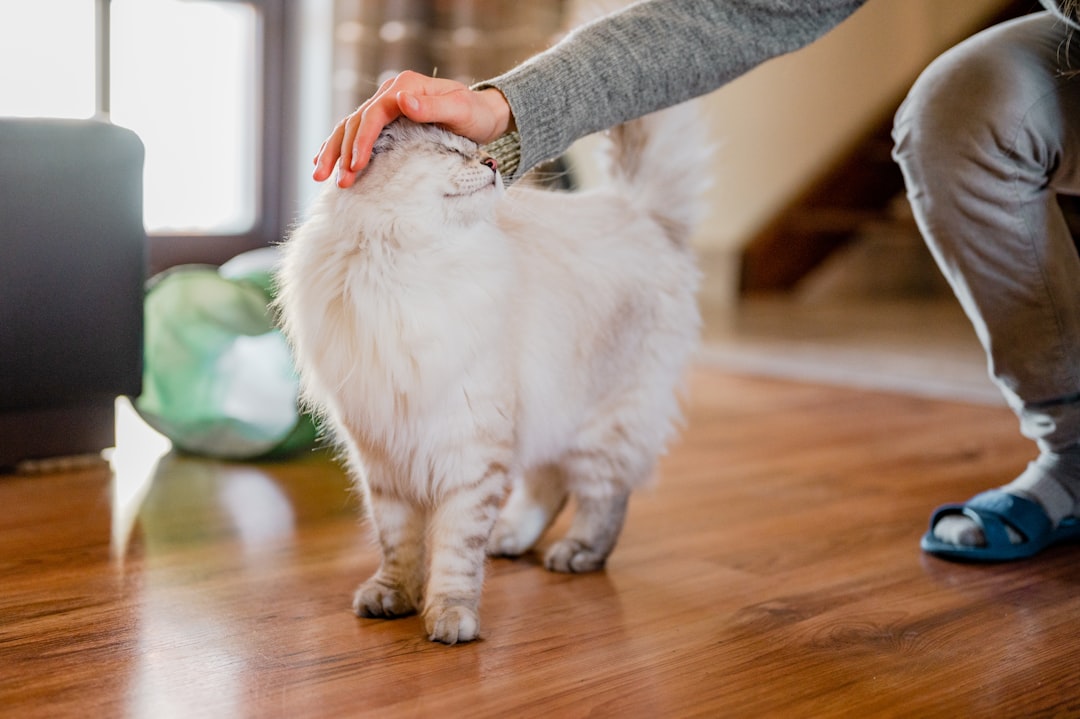
Understanding these subtle happiness signals creates a deeper connection with your feline companion. While the obvious signs like purring and head butting are wonderful, recognizing these quieter communications shows you’re truly paying attention to your cat’s emotional language. Each gentle tail swish, relaxed ear position, and confident approach tells you that your cat feels secure, loved, and genuinely content in their environment.
The next time you’re with your cat, take a moment to observe these understated cues. You might discover your pet has been telling you they’re happy in ways you never noticed before. What subtle signs have you spotted in your own cat? Tell us in the comments.






